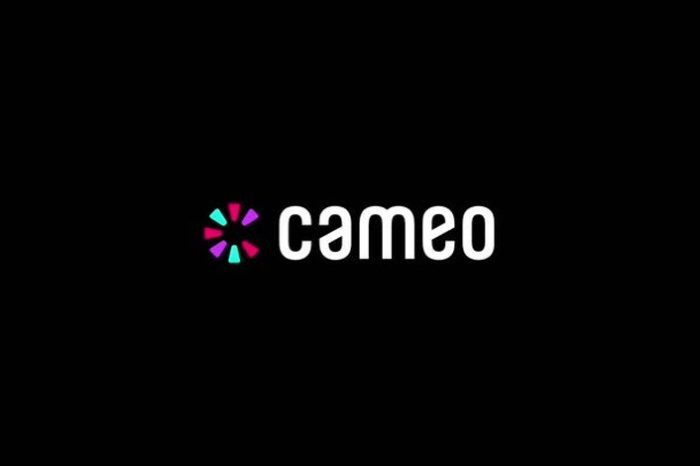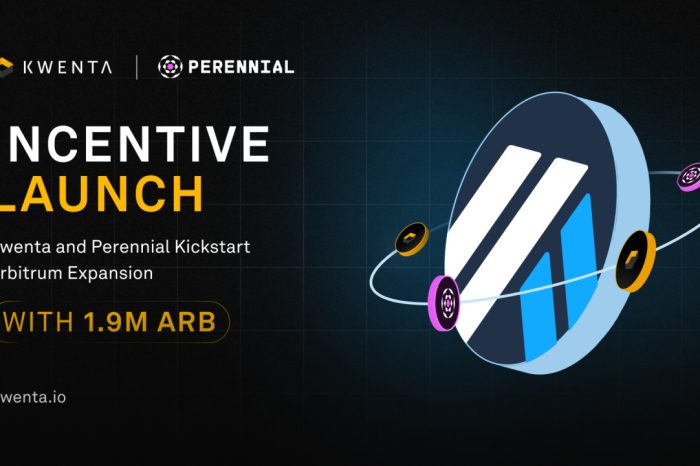Most of us have opened our email program and found, alongside correspondence from people that we know, offers for products from commercial web sites. Some of these emails we expect. We have asked to be notified of sales and other opportunities or joined a mailing list offered by the company.
Many times, however, the offers are from companies that we have never done business with and may have never even heard of. This is Spam, unsolicited bulk email, and can quickly lead to a massive overload of your inbox.
Identifying Spam as soon as it occurs is the first step to preventing it from happening again. Once your email address is in circulation with these companies, you are well on your way to a very nasty problem. Advertising from legitimate companies is one form. The rest are for illegal services, pornographic material, questionable products, and fraudulent schemes. It is invasive and many times illegal. Spam is the worst form of junk mail and a typical reason why many people have to change their email addresses.
In best cases, the clue can be found in the subject line. If you are offered quick money or a chance to find your long lost high school classmate, you can probably guess that it is Spam.
You may be amazed that, as you read your email, that these companies claim a right to send you this email because you have a relationship with one of their “partners” or “affiliates”. All that this may mean is that they bought your email address from another company with dubious privacy policies. It is still Spam.
Spammers will try to trick you. Unfortunately for us, Spammers only need a response rate, by some estimates, of 0.0001% in order to be profitable. This means that they will use practically any measure to get you to open it before hitting the delete button. You may receive an email from Grandma or one asking for help in the subject line. Before you know it, you are reading their advertisement, if only out of curiosity.
Check the dates and times on any email that you are unsure of. These companies know that many email programs will sort the inbox by the earliest mail sent. As a result, they place false send dates and times on their Spam hoping that you will open them first.
The worst has to be the ones that seem to come from companies that you know and trust. They may claim to be from your internet service provider in the subject line or have a similar address to that company’s name. It may look like it is from the accounts payable department of a major law firm.
Spammers count on your curiosity and hope that you will respond. Even if you don’t buy anything, they now know that your email address is connected to a live person and, if nothing else, can sell that address to someone else.
Read the To and From fields in any questionable email that you receive. If the To field is empty or filled with an anonymous address, then you have Spam. An anonymous address is typically something like freeoffer@happydays.com.
An address from someone that you do not know through an account at hotmail, yahoo, or msn is probably Spam. These are anonymous, easy to get accounts that spammers use and then discard when they are done. By the time the Service Provider has been made aware that spam is originating from these accounts, the spammer is gone.
Scrambled, random addresses (X12YT853@yahoo.com) from accounts like these are definitely not to be trusted regardless of the content.
Finally, if the email contains a story in which you are asked to do anything to help anyone, check the story out online. There are several great websites like truthorfiction.com that will help you sort through any potential scams or hoaxes perpetuated through email.
These stories can range from silly pranks to dangerous fraud schemes and may need to be reported to the proper authorities before someone, like you, finds their bank account drained.










